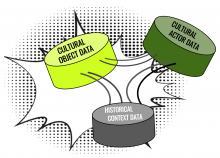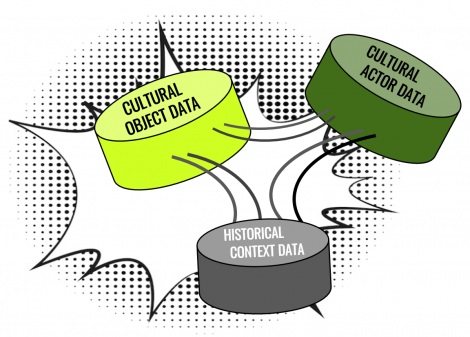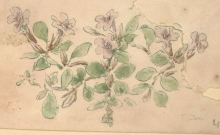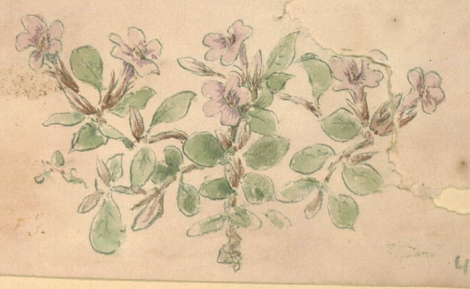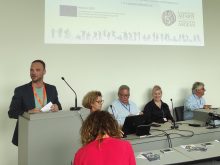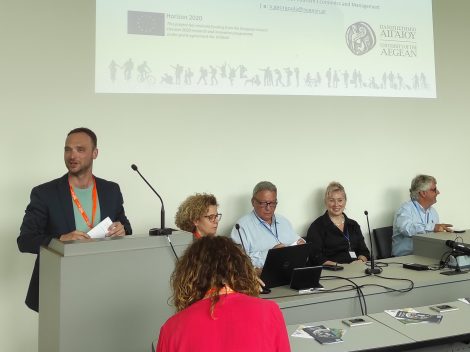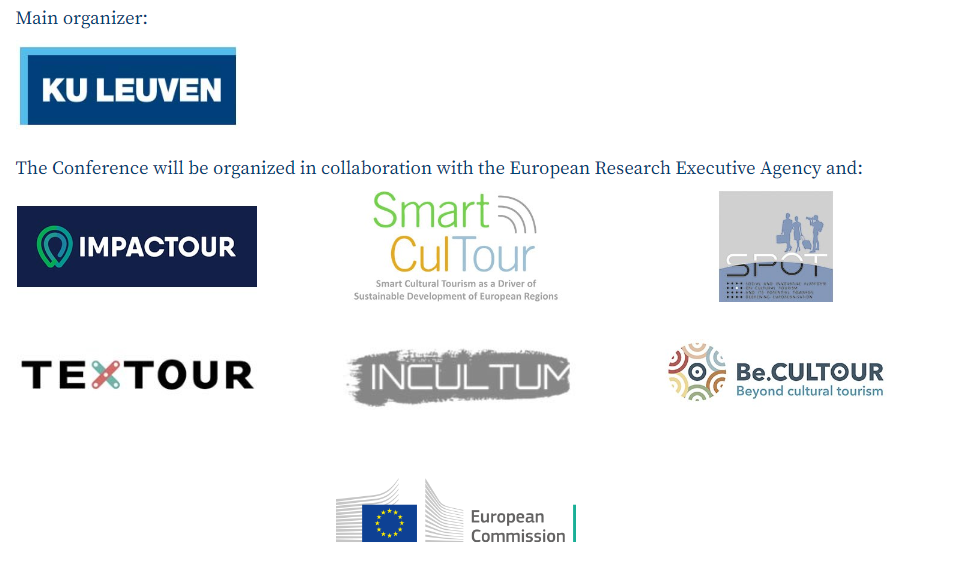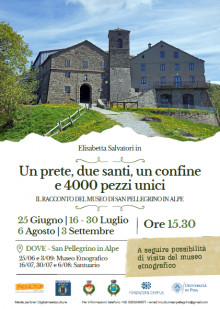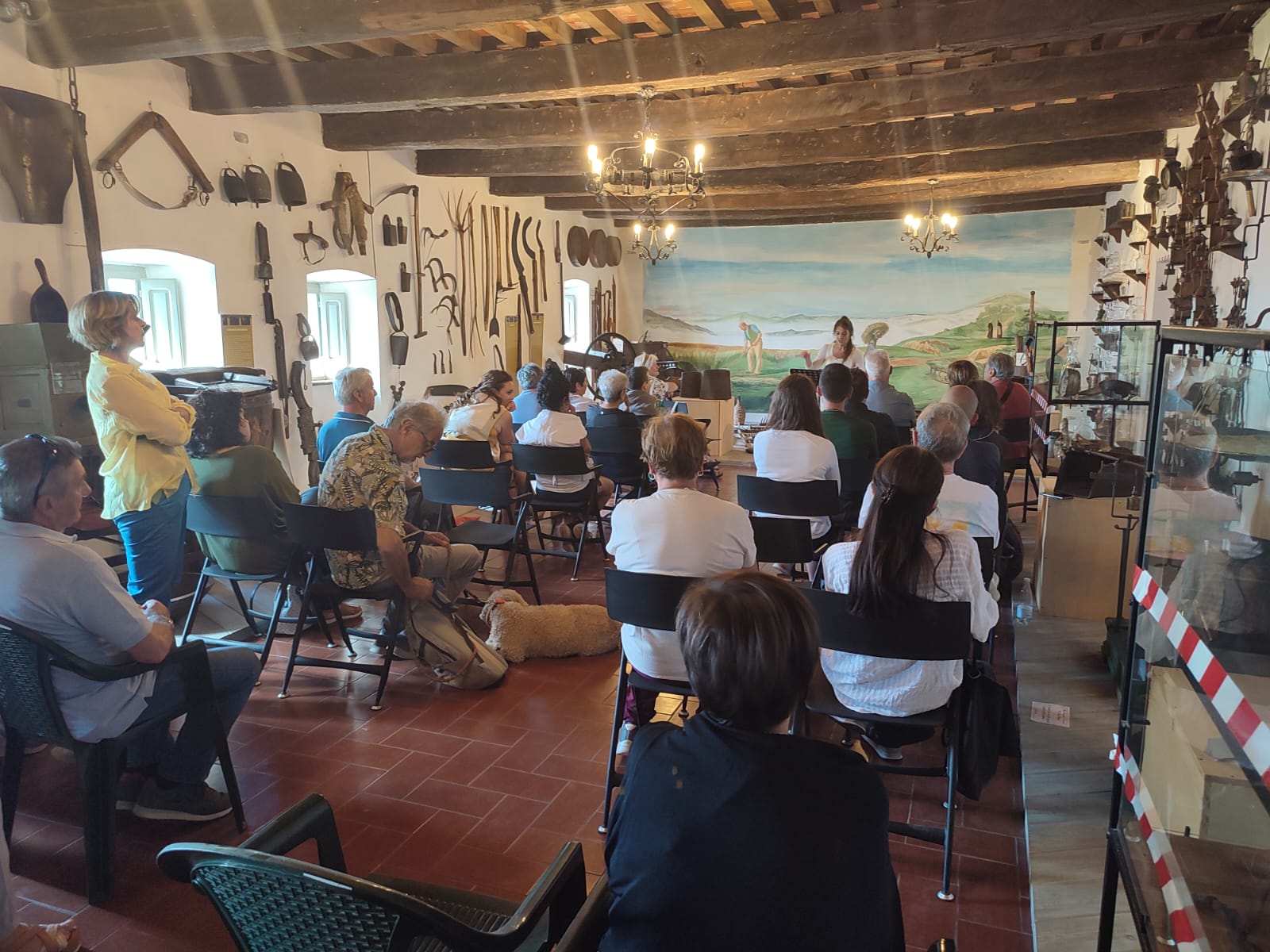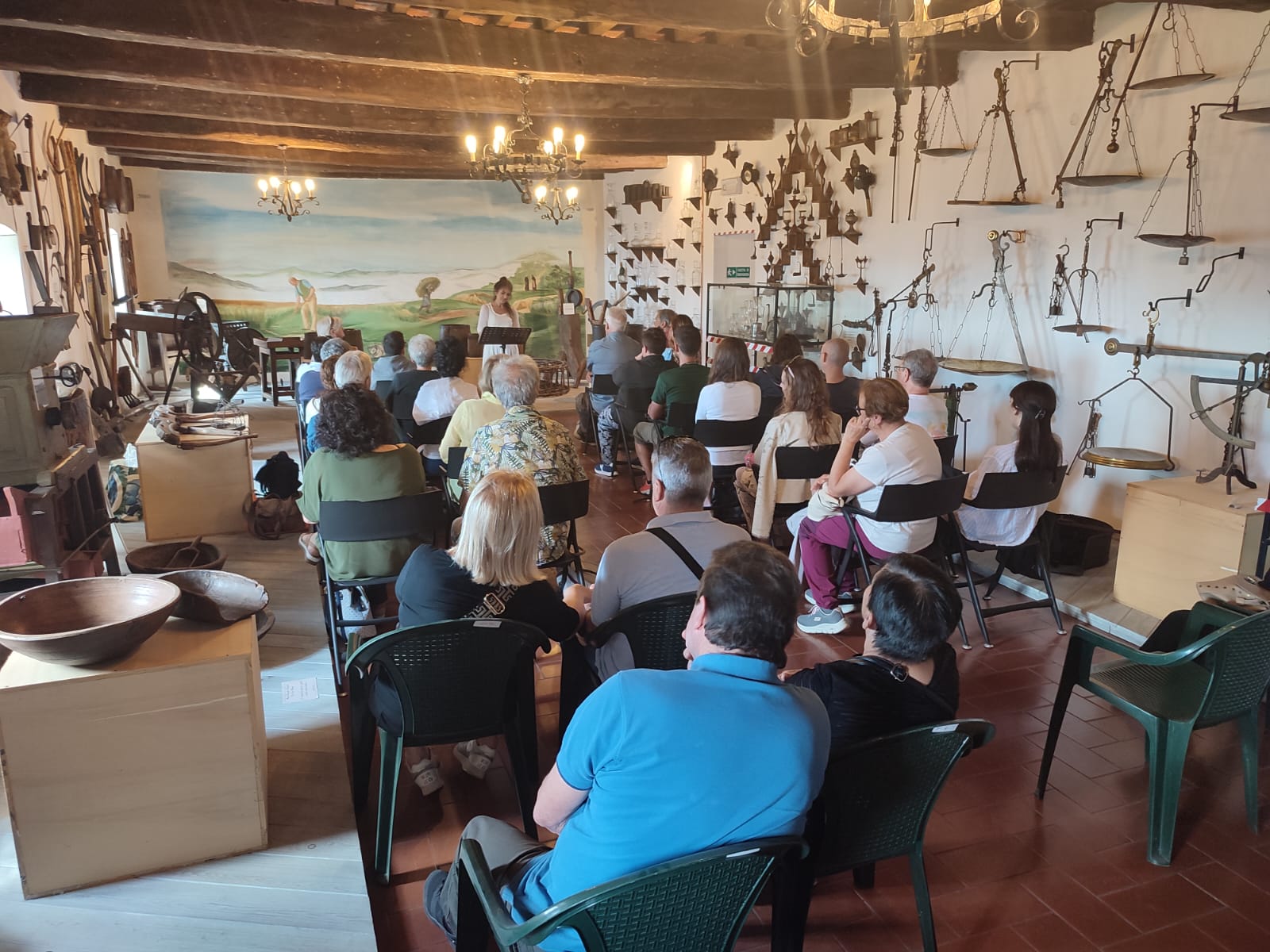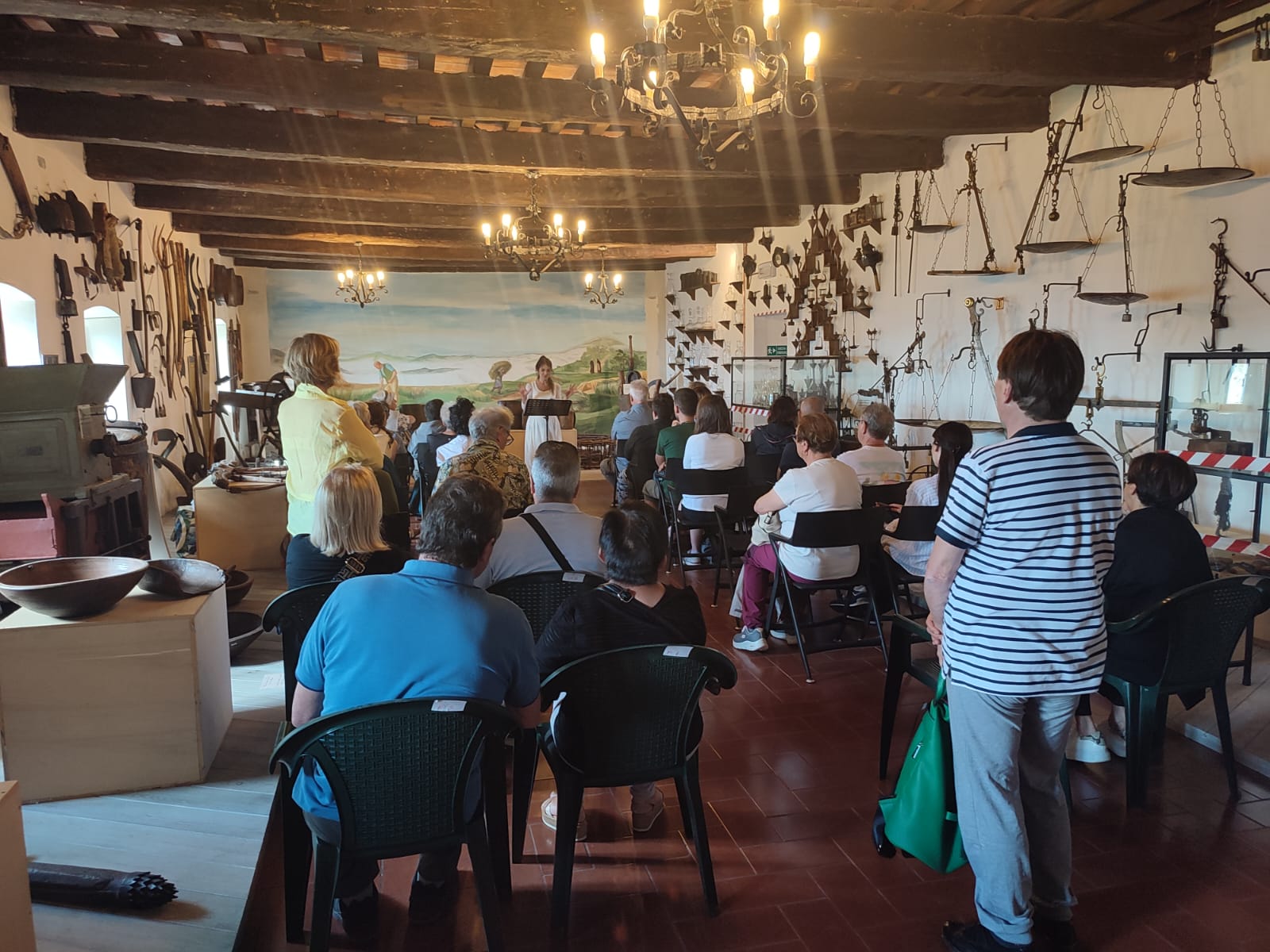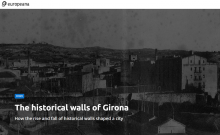text and photos courtesy of The High Mountains cooperative.
On Friday, 23/06/2023, at the “Dim. Hatzis” Cultural Centre (Old Slaughterhouses) in Ioannina, the event entitled “What kind of technological growth are we aiming for?” took place. This event is a continuation of the action “A cooperation for the Dragonlake of Tymfi” and the training workshops on 3D printing.
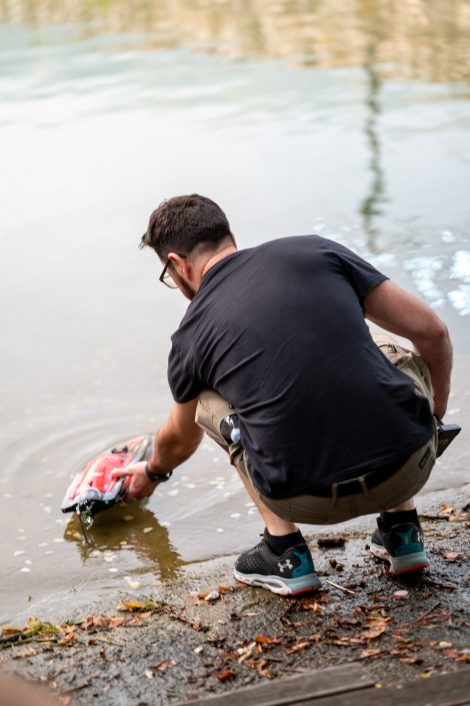
Sotiris Tsoukarelis, President of the Social Cooperative Enterprise “The High Mountains”, wishing to introduce the audience to a productive discussion, referred to the issues of the climate crisis that year after year makes its impact more noticeable, to the ecosystems that are collapsing and to the necessity of our immediate reaction. He stressed the importance of using open-source technologies as innovative tools for the preservation of cultural heritage and the promotion of cultural tourism. Some of the questions that emerged from this statement and monopolized the discussion were: How can technology become a catalyst for the transition to equitable and inclusive development? What is the role of cosmolocalism in a global environmental disaster?
Minas Liarokapis, founder of the New Dexterity Lab, and professor at the University of Auckland was there to provide answers as he shared practical examples of open, sustainable and inclusive technologies, opening up the discussion about the problems, challenges and opportunities of a new way of production by engaging different models of technological development where robots, automation and artificial intelligence meet traditional techniques such as the loom, water mill and manual digger to determine which ones ultimately serve people and the planet.
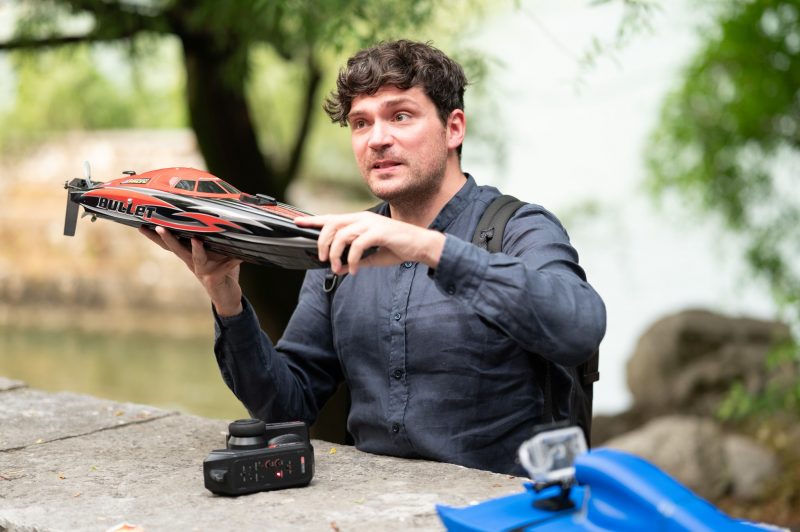
Afterwards, a demonstration of the WaterJet that collects environmental data took place at the Lake of Ioannina. The WaterJet is an open technology tool designed in New Zealand by the team of Minas Liarokapis and was printed in the public library of Konitsa in the framework of the Incultum project, in which The High Mountains SCE participates, in collaboration with P2P Lab Ioannina and the Tzoumakers Lab. The WaterJet will remain in the area as a tool for monitoring its sensitive aquatic ecosystems.
The discussion was followed by a relaxed discussion at the Thimomeno Portreto bar.
In collaboration with Stegi – Onassis Foundation, in the context of the exhibition Plásmata II: Ioannina.
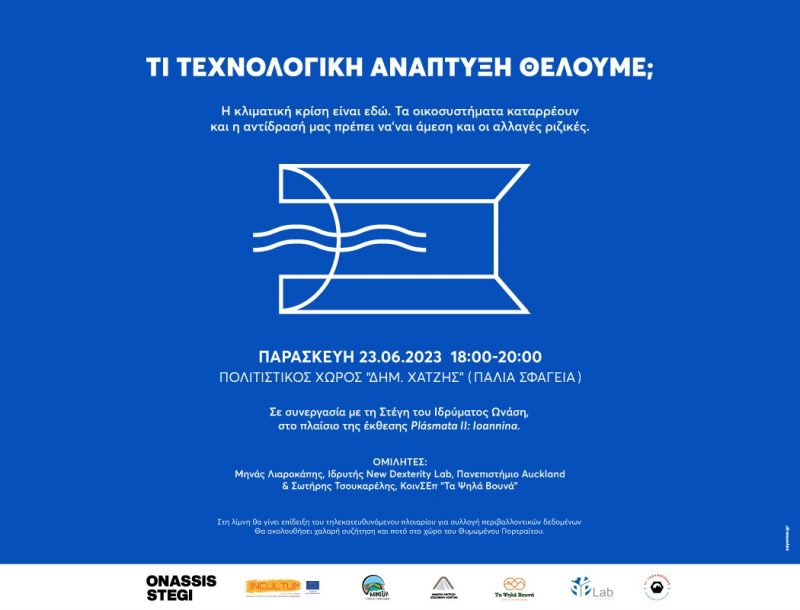
More about the Aoos Pilot:
The Vjosa/Aoos River, considered as ‘one of Europe’s last living wild rivers’, springs from Mt. Pindus in Greece, and then enters Albania. On both sides of the river banks, extends a terrain of agrarian field terraces alternated with hilly lands of rich Mediterranean vegetation where the traditional settlements are situated, followed by high mountain massifs dominated by continental climate with rich water sources, forests, flora and fauna, and broad prominent pastures.
On the Greek side, Konitsa is the main town of the area and the capital of the municipality surrounded by some of the highest mountains of Greece. It is built on the edge of Vikos Canyon, core of the National Park of Vikos-Aoos and one of the four Greek Geoparks, which became a member of the European and Global Geopark Networks in 2010. Numerous geosites within the territory are situated in landscapes of incomparable beauty.
In the INCULTUM pilot 7, the main expected action relates to the mapping of the natural, social, cultural and productive resources of the area, analysis of the data gathered during the mapping and their visualization using Business Intelligence tools. With this digital platform we are going to give the ability to citizens, local authorities and stakeholders, but also to visitors, to virtually combine resources of the area and propose their own evidence-based development actions and policies. Furthermore, the database is going to be participatory and always open to new inputs, collected by questionnaires, free text, business registrations, comments for the area etc.
Discover all the INCULTUM Pilots: https://incultum.eu/pilots/


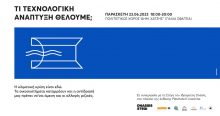
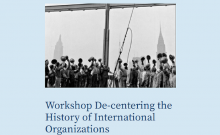
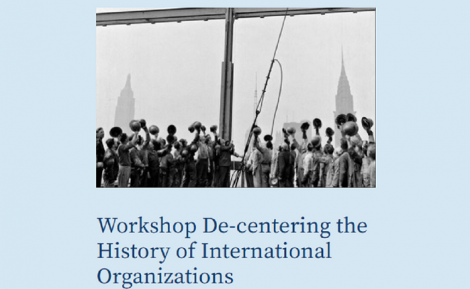
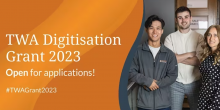
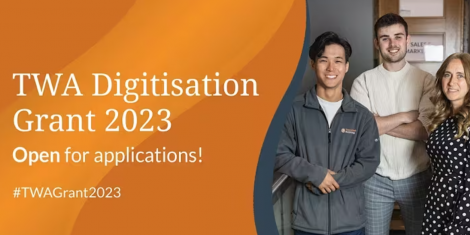
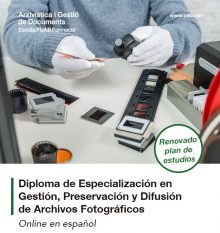
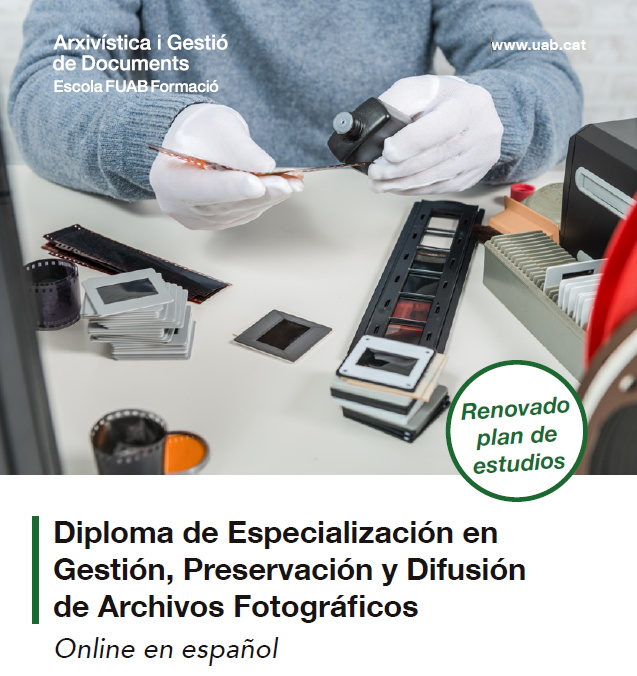 On November 2023, FUAB Formació School – Archival Studies and Records Management at the Autonomous University of Barcelona, the Centre for Image Research and Dissemination (CRDI), and the Institute of Photographic Studies of Catalonia (IEFC) will start a new edition of the online Postgraduate in Management, Preservation and Dissemination of Photographic Archives, an universitary training that offers a specialisation within archival and photography studies.
On November 2023, FUAB Formació School – Archival Studies and Records Management at the Autonomous University of Barcelona, the Centre for Image Research and Dissemination (CRDI), and the Institute of Photographic Studies of Catalonia (IEFC) will start a new edition of the online Postgraduate in Management, Preservation and Dissemination of Photographic Archives, an universitary training that offers a specialisation within archival and photography studies.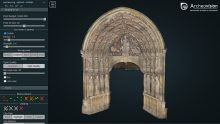
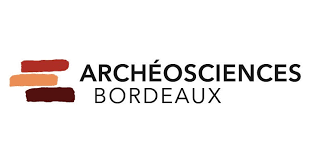
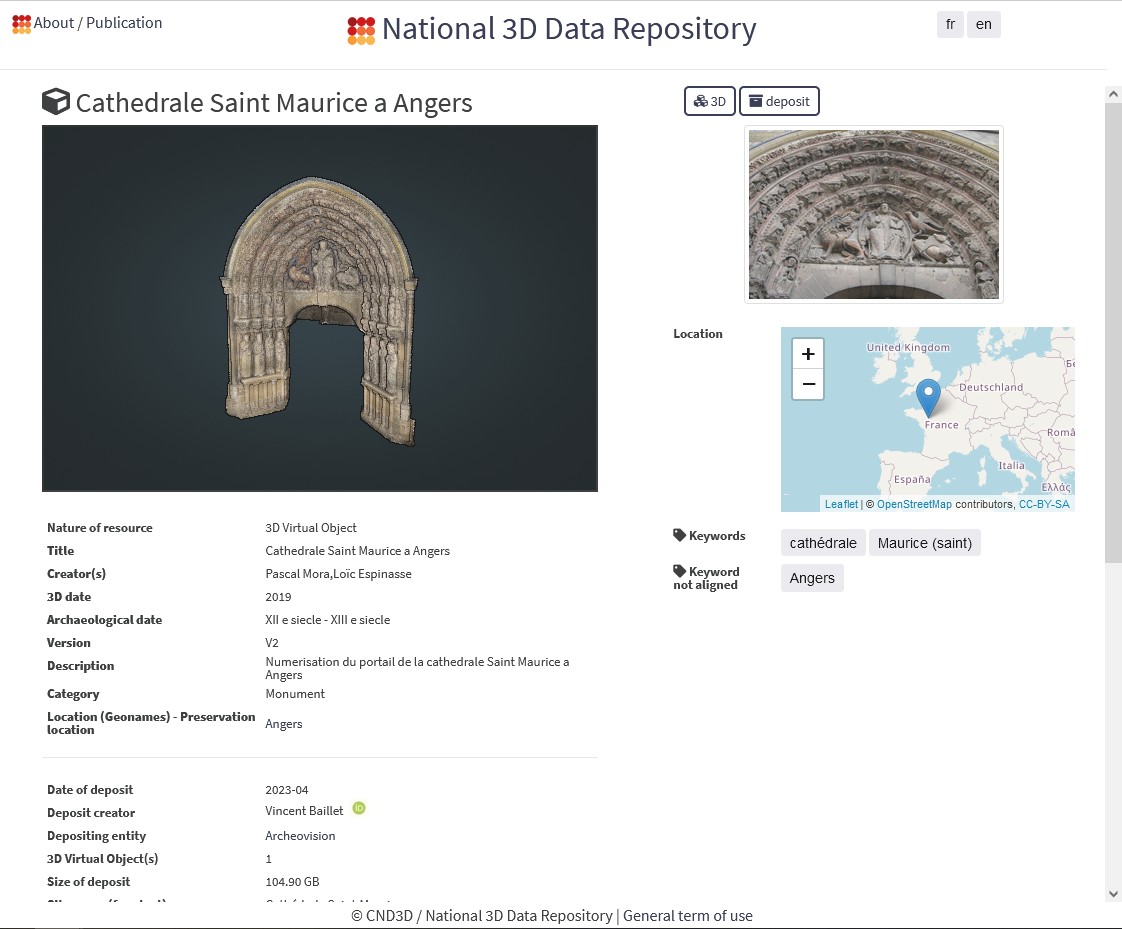
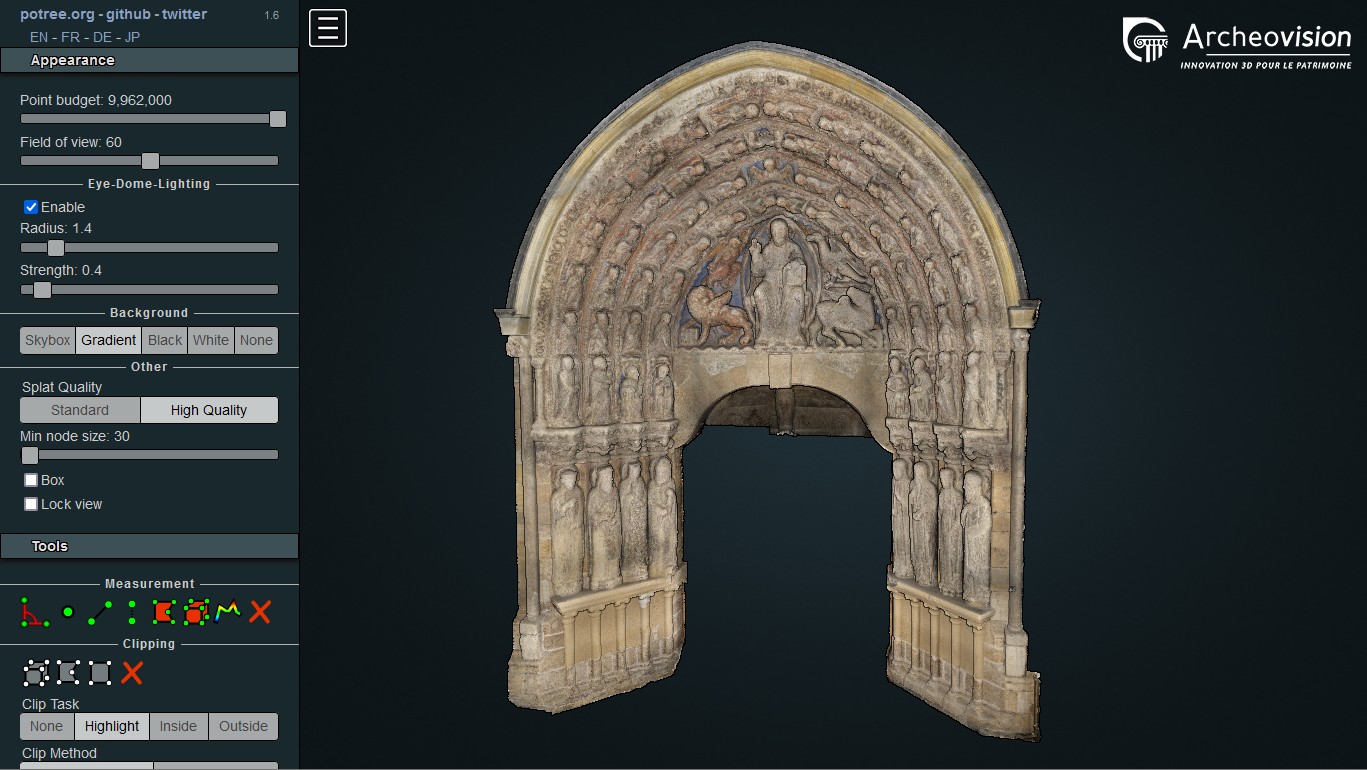
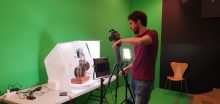
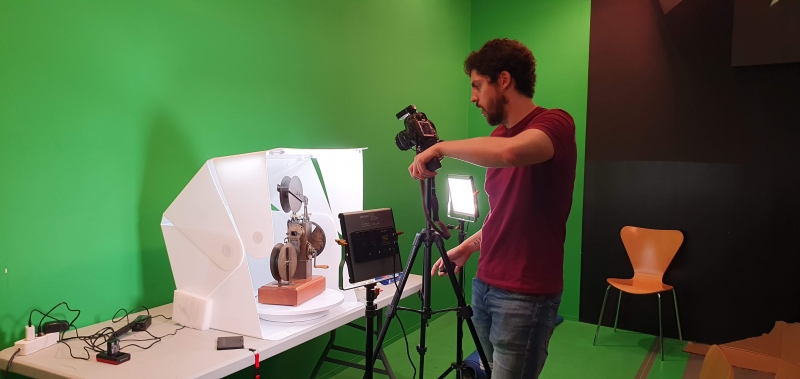 all images in this post courtesy of CRDI/Ajuntament de Girona via the EUreka3D Twitter profile.
all images in this post courtesy of CRDI/Ajuntament de Girona via the EUreka3D Twitter profile.





